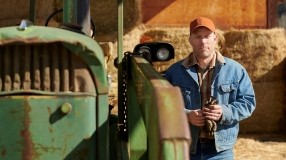What Happens When You Don't Brush?
Improve your oral health literacy this International Literacy Day!

Oral Health Literacy
Imagine waking up late to an 8:00am virtual reading for a group of second graders. Now, it's a race against time: you have to do your morning routine to get ready, grab a cup of coffee, and maybe munch on some breakfast as you log into the virtual session. Luckily, no one will notice that your teeth have not been brushed and your morning breath has been replaced with coffee breath. Your day proceeds with non-stop actions from garden work to a nice walk. Before you know it, you're already in bed and fast asleep. It's easy to miss teeth brushing completely through the hustle and bustle of a busy day. While it's great to catch up on sleep, is it okay to skip brushing?
The American Dental Association (ADA) recommends brushing teeth for at least two minutes, twice a day with a fluoride toothpaste to effectively remove plaque/bacteria. Though this is pretty common knowledge, did you know that the ADA has also outlined the most effective brushing technique and recommendations for dental product usage? How many of these techniques/guidelines do you follow?
- Angle the toothbrush 45 degrees towards the gum while brushing.
- Brush in a small, circular motion for two minutes.
- Brush all surfaces of the tooth: chewing surface, inner surface towards the tongue, and outer surface towards the lips and cheeks.
- Tilt the bristles vertically and make several up-and-down strokes to clean behind the upper and lower front teeth.
- Use a soft bristle toothbrush unless instructed by your dentist to use another type.
- Replace your toothbrush every 3-4 months or when the bristles lose structure (frayed and worn).
When you brush your teeth, you are freshening your breath and preventing tooth decay by removing food particles and plaque. Brushing, however, can only remove plaque from three of the five surfaces of each tooth. Only flossing can remove plaque from the tooth surfaces found between your teeth.
Don't Skip Brushing
Don't risk your health by skipping a good oral hygiene routine. Plaque may appear to be harmless because it is a common dental issue that can easily be removed. However, over time, plaque can build up and harden into bacteria-filled tartar (calculus), which can only be removed professionally. Long-term effects of plaque and tartar can lead to:
- Gingivitis (gum disease)
- Cavities (tooth decay)
- Bone loss/Loose teeth/tooth loss
- Periodontal Disease
- Bad breath
Long term effects of plaque can become a dental nightmare - from cavities to tooth infection, toothache, and other health issues. Treatment for unaddressed dental decay can also be very costly and time consuming.
In short, knowledge is power; when you improve your oral health literacy by understanding the importance of brushing, you can value and prioritize the task into your day-to-day living and ensure you are doing your best to keep your smile healthy.
From Plaque to Tartar
Plaque forms when there are starchy foods such as soda, bread, pasta, fruits, and sugar mixed with bacteria in the mouth. Plaque is soft and feels ?fuzzy? when you run your tongue along the teeth surfaces. It begins as a thin, sticky, and colorless film on the teeth. Fortunately, it can be removed with brushing and flossing. However, if plaque is left alone due to poor oral hygiene, it can harden and become tartar within 48 hours.
Tartar feels rough and bumpy with the tongue. A dental hygienist or dentist has to remove tartar with special hand tools or an ultrasonic scaler as it cannot be removed using a toothbrush at home.






